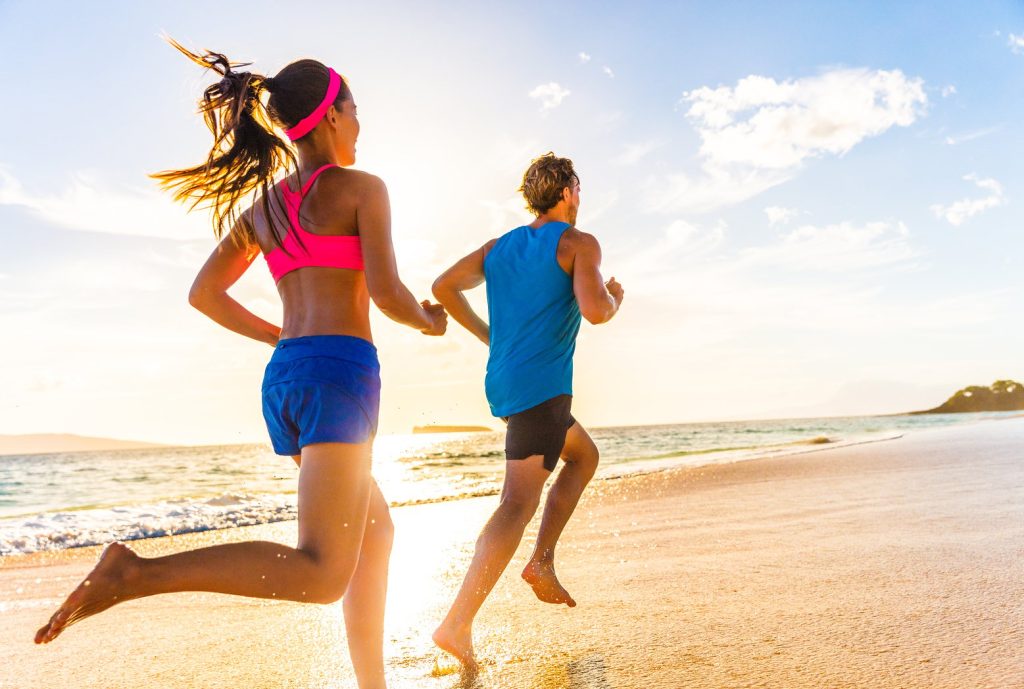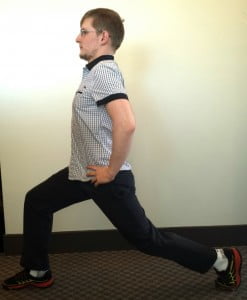Winter is back and with it, Winter Sports.
How to protect yourself against injury. And what to do if you do get injured, whether you’re a beginner or a veteran.
Whether you’re just starting out or are a pro, take care to reduce your risk of injury. Injuries occur in both beginners and veterans, but experience and choice of sports do influence the risk of injury. Beginner snowboarders tend to suffer injuries more often than beginner skiers.
The Most Common Skiing and Snowboarding Injuries
Upper extremity and lower extremity injuries were all reported between the two sports, but arm, elbow, wrist, ankle, and clavicle injuries were the most frequent cases amongst snowboarders while knee, thumb, and head injuries were the most frequent cases amongst skiers. Knee injuries were common to both sports, the prevalence was significantly higher with skiing. Furthermore, fractures were more common amongst snowboarders while soft-tissue sprains and strains were more common amongst skiers. The most common cause of injury was human error (jumping, turning colliding, falling) as opposed to equipment failure.
Nevertheless, both sports are great workouts and measures can be taken to decrease your risk of injury. It is not only important to start or return to the sport gradually but also to improve general fitness with complementary training; winter sports occur one season a year and your body may not always be familiar with the demands of the sport after such a long break.
What To Focus On For Winter Sport Training
Work with a formal instructor or a physiotherapist to address:
- cardiorespiratory endurance
- lower extremity strength
- core strength
- flexibility
- balance
- coordination
Lastly, remember to wear a helmet, wear wrist guards, take breaks, and stay hydrated!
What Are the Most Common Snowboarding and Skiing Injuries?
Below is a list of the most common areas related to winter sports, how it may feel if injured and how a physiotherapist can help:
Knee: The anterior cruciate ligament, or ACL, is one of the major ligaments in the knee that stabilizes the knee. Injuries to the ACL occur most often with a sudden stop or change in direction when the knee falls in while slightly bent. Depending on the severity of the injury, you may hear a pop and or feel unstable in the knee while walking. A physiotherapist can help you identify movement patterns and increase your body awareness to reduce your risk of injury.
Ankle: The ankle joint is surrounded by numerous ligaments. Landing from jumps transfers increased pressure through the joint, ligaments, and muscles surrounding the ankle and injury can occur if there is insufficient support from the boot. Depending on the ligaments injured, you may or may not be able to put weight through the leg. But for any ankle injury, rest, ice, compress, and elevate the ankle above the heart to reduce the swelling and move the ankle within a comfortable range of motion. Follow-up with a physiotherapist for a rehabilitation program to restore ankle strength and stability to prevent recurrent ankle sprains in the future.
Shoulder: Upper extremity injuries are most often associated with falling and landing on your arms. A shoulder dislocation is distinguished from an AC separation by pain in the shoulder joint as opposed to pain around the clavicle as well as a shifting sensation during the injury. Do not attempt to relocate the shoulder. Even if the shoulder does relocate on its own, follow-up with a physician and imaging to rule out damage to the bones, blood vessels, and nerves. Going forward, it may be painful to raise the arm overhead for dressing, showering, or other self-care activities; a physiotherapist can help restore range of motion and strength.
Wrist: The wrist and hand is a complicated segment as it consists of numerous bones and ligaments which provide stability while allowing the hand to operate in various planes. Injury to these structures can interfere with many daily activities including but not limited to gripping, writing, and self-care; wrist injures do not take a lot to aggravate. The wrist and hand is best protected with a wrist guard. A physiotherapist can help identify injuries that may warrant immediate attention.
Reference
T M Davidson and A T Laliotis. “Snowboarding injuries, a four-year study with comparison with alpine ski injuries”. West J Med. 1996 Mar; 164(3): 231–237




